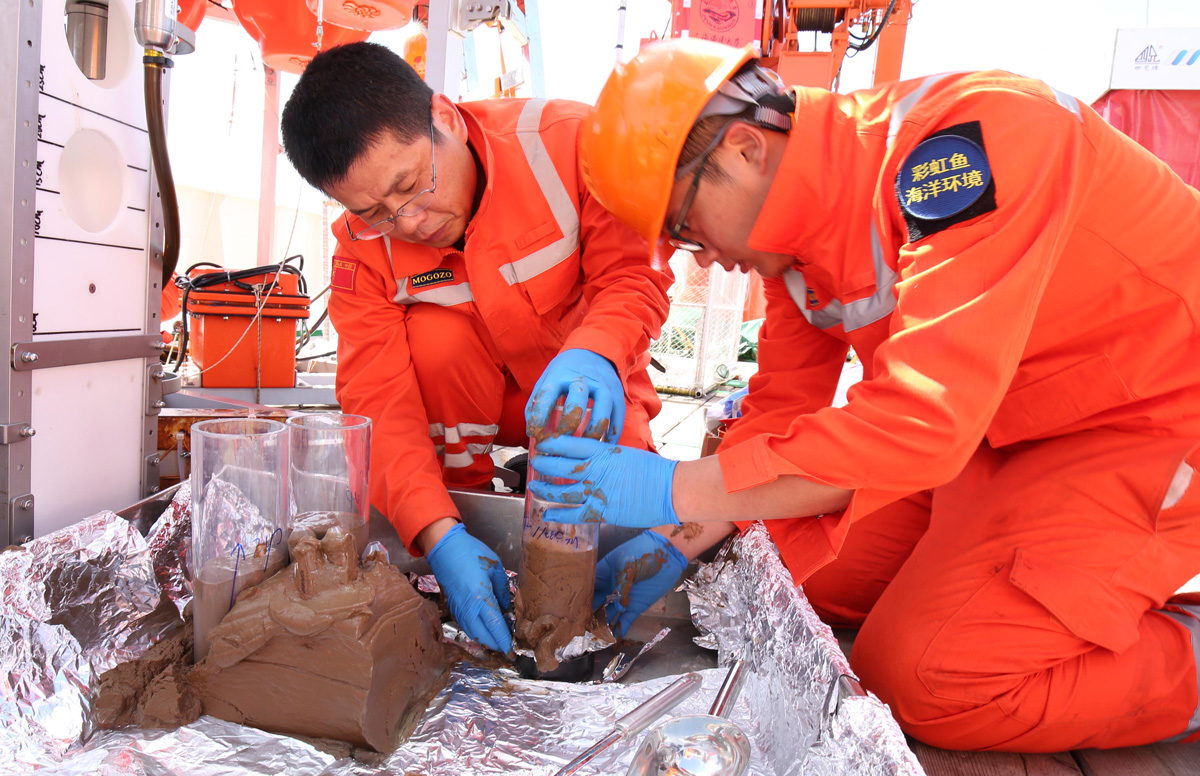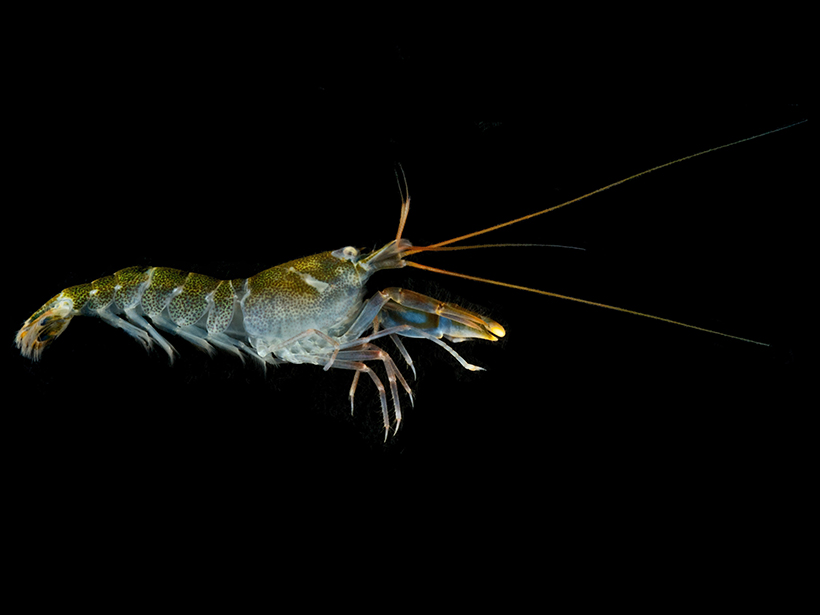Some reef fish get chattier when the Moon is out, while feisty snapping shrimp and other invertebrates pipe down.
shrimp
Posted inNews
In the Deepest Ocean Reaches, a Potent Pollutant Comes to Rest
Surprising amounts of mercury settling into deep-sea trenches may provide a fuller picture of the metal’s path through the environment, but pulling it to the surface is no easy feat.
Posted inResearch Spotlights
The Shapes of Shrimp Farms Affect Their Groundwater Pollution
New findings may help decisionmakers optimize shrimp farm layouts, which could help improve coastal water quality.
Posted inNews
Snapping Shrimp Pump Up the Volume in Warmer Water
As the ocean warms because of climate change, the louder din could mask other marine animals’ calls used to navigate, forage, and find mates.
Posted inNews
Oil Dispersants Deadly to a Common Estuary Species
Research on two dispersants used to break up spilled oil suggests that the chemicals can kill or harm a widely–found shrimp important to estuary habitats. The toxicity increases in less salty water.





